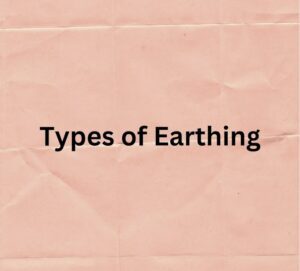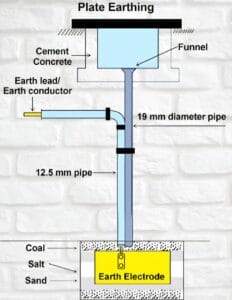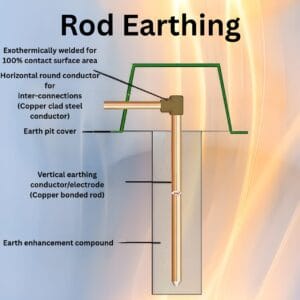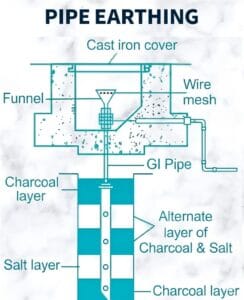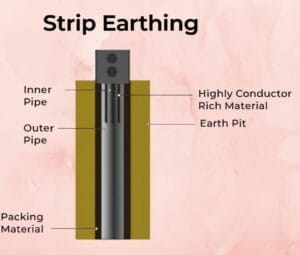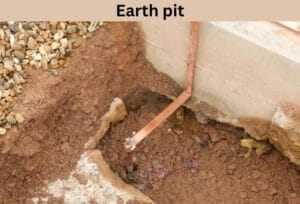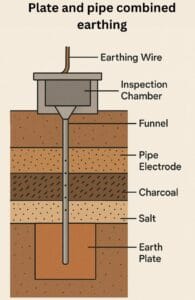Introduction
Earthing is vital in electrical systems, guaranteeing safety and functionality by directing electric current into the ground to avoid risks. Different types of earthing systems are tailored to different needs, which we will explore in detail in this blog.
1.Plate Earthing
In plate earthing, a plate that is made of copper or galvanized iron is embedded vertically inside the ground.The plate earth is used where conventional methods of grounding become impractical e.g. in rocky or shallow soil conditions.Plate earthing has low resistivity hence it is preferred for low resistance grounding.
2.Rod Earthing
The Earth rod is a copper rod or a copper-coated rod which is mostly driven vertically into the ground. This technique is suitable for areas which has good soil conductivity and it's usually applied in both residential and industrial set-ups.
3.Pipe Earthing
Another method resembling rod earthing is pipe earthing which, as opposed to a metal rod, uses a pipe. The pipe is buried vertically, creating a larger surface contact with the surrounding soil that improves conductivity.
4.Strip Earthing
Trench earthing is when a horizontal strip (copper or aluminum) is buried metal in a trench. This method enables a lot of space for areas with limited availability and generally used in urban environments.
5.Earth Pit
An earth pit is a simpler yet at the same time more advanced technique than the traditional earthing methods; it involves a pit filled with a mixture of charcoal, salt, and sand. In places where installing the traditional earthing systems may be difficult, this type is often used.This is technique that blends plate and pipe earthing attributes and gives a more advanced grounding solution. The technique is efficient for areas that have different soil conditions.
6.Plate and Pipe Combined Earthing
This method combines the advantages of both plate and pipe earthing, providing a more comprehensive grounding solution.It is suitable for locations with varying soil conditions.
7.Chemical Earthing
Instead of Chemical earthing, a mix of conductive material and the backfill is used to achieve highly conductive earth electrode which maintains the path for fault currents with low resistance and is specially good in areas where the soil conductivity is poorly.
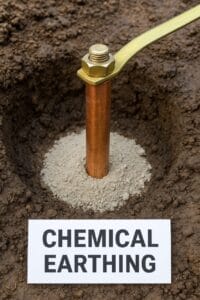
Conclusion
Knowing various earthing systems is crucial for creating a secure electrical setup. The selection of earthing method relies on factors like soil conditions, space availability, and electrical system needs. Effective earthing safeguards equipment, structures, and people near electrical installations.

